The comfortable planet: Why do we have day and night?
29th May 2023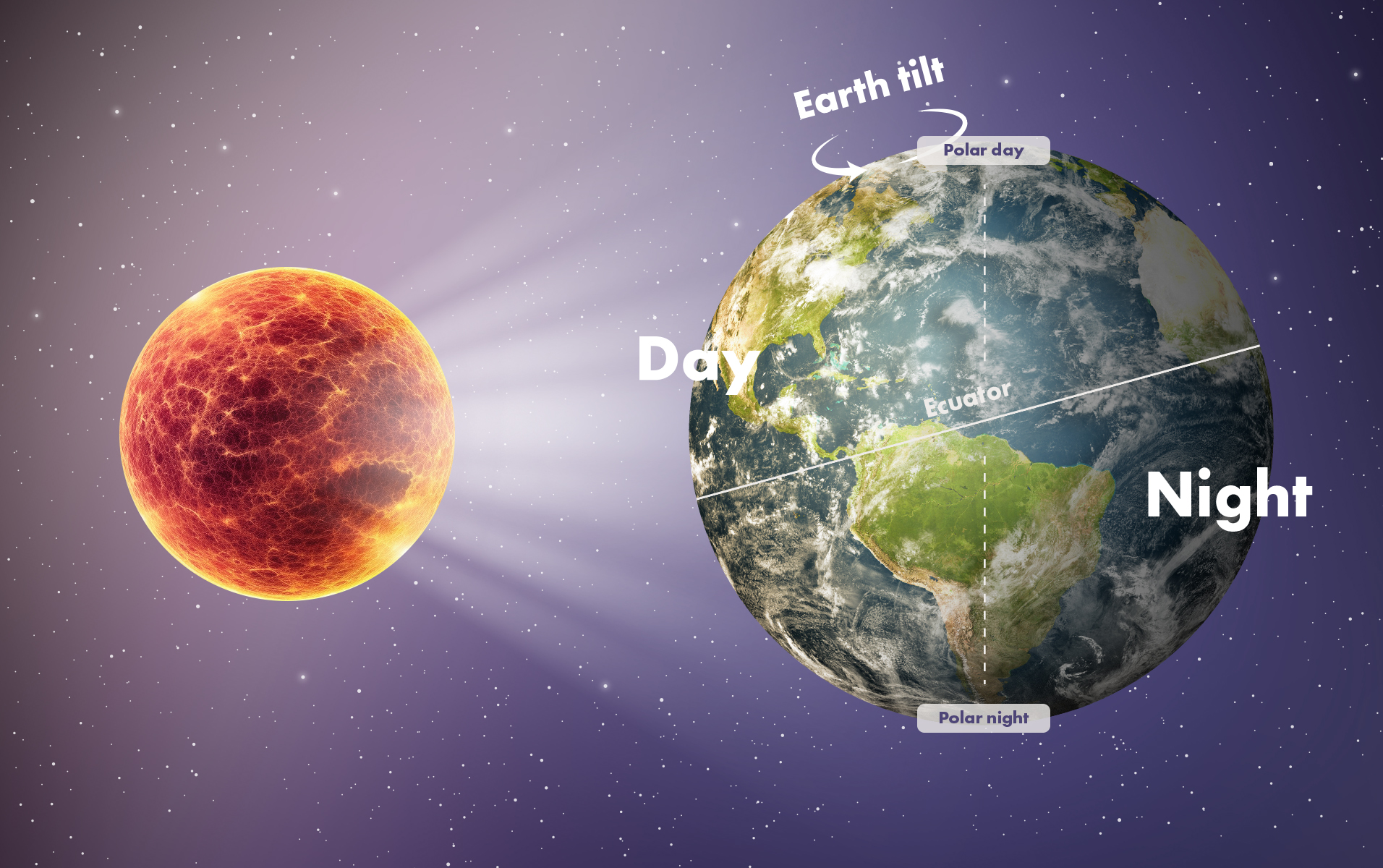
The change of light and dark hours of the day, along with seasons, are natural phenomena that are common for us. But have you ever wondered why they happen? Why do we have day and night, summer, winter, spring, and autumn, and is there anything like those on other planets? Scientists have had to work hard to find answers to these questions.
What causes day and night on Earth?
The Earth rotates around its axis, making a complete revolution in 24 hours, so the Sun illuminates and heats the entire surface of the planet, but at different times. If the Earth did not rotate around its axis, the day night cycle would not exist, and only one side of the planet would be constantly under the Sun’s rays. So, to get from night to day and vice versa, one would have to move from place to place.
Why are night and day different in different countries?

The Earth rotates around its axis counterclockwise (when viewed from the North Pole), from West to East, so we meet the sunrise in the East, and we watch the sunset in the West. This means that the morning first comes in the countries located to the East, and then the Sun gradually rises in other countries. That is why Japan is called the Land of the Rising Sun. However, you might be surprised that, in fact, the first dawn on Earth, for most of the year, happens on Millennium Island in the Pacific country of Kiribati.
What is the equinox?

On March 21 and September 23, the Sun is directly above the equator of the celestial sphere, and the northern and southern hemispheres are illuminated evenly. Day and night on these days last exactly 12 hours each. We call this phenomenon the equinox. When the Earth is observed from space on an equinox, the terminator passes along the geographic poles of the Earth and is perpendicular to the Earth’s equator. March 21 is considered the day of the spring equinox, and September 23 — the day of the autumn equinox.
Why do we have long periods of day and night if the Earth is spinning very fast?
It’s all about the Earth’s axis, which is constantly tilted at an angle of 66.5° to the plane of its orbit, so the Sun illuminates cities and countries at different times and with different durations. If the Earth’s axis were not tilted, then the day and night cycle would be the same in all countries — 12 hours in each; but in practice, the equinox occurs only two times a year.
What is solstice?
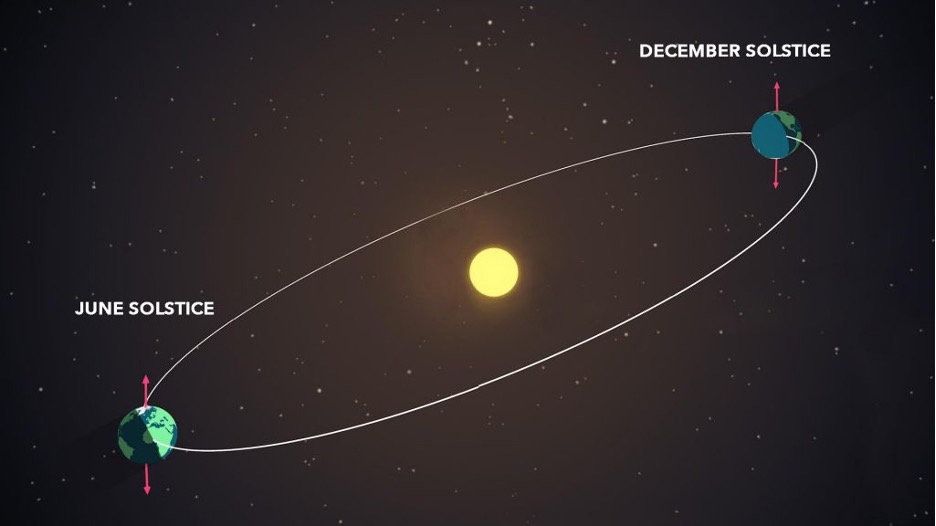
Around June 22 and December 22, the planet is turned towards the Sun so that the longest and shortest day happens on Earth. In summer, the Earth’s axis is directed towards the Sun in the Northern Hemisphere, so on June 22, the celestial body is at its zenith, which makes this day the longest in the Northern Hemisphere. This day is also called the summer solstice.
The situation is different in the Southern Hemisphere. On June 22, it receives less light than the Northern Hemisphere. Here, at all latitudes, the day is shorter than the night, and in the Antarctic Circle area, the polar night sets in.
Every day the height of the Sun above the Northern Hemisphere decreases, explaining why is the day shorter and night longer. And so it lasts until September 23, when the length of day and night equalizes at all latitudes and becomes 12 hours each.
From that day on, the southern hemisphere receives more sunlight, and on December 22, the hemispheres seem to change places. Now the Earth’s axis is directed towards the Sun in the Southern Hemisphere; here comes the longest day and the shortest night, and outside the Antarctic Circle comes the polar day. December 22 is known as the winter solstice.
What are white nights?
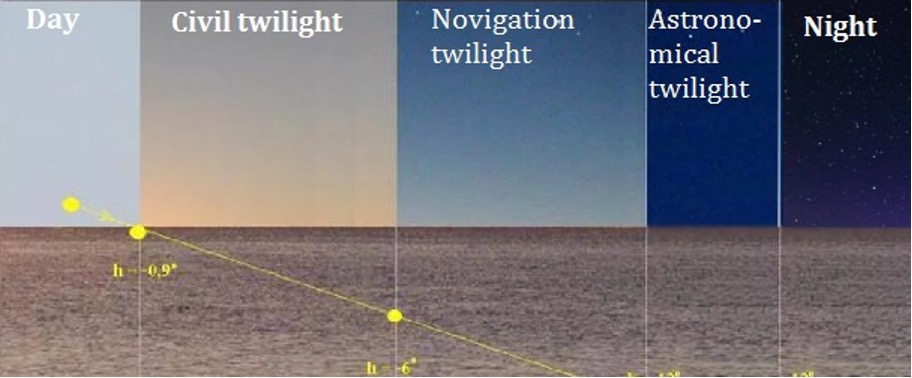
This is a phenomenon when the Sun is not deeply hidden below the horizon, and the evening turns into morning, bypassing the night; that is, darkness does not come, and the area is in a state of twilight. Twilight is usually divided into three types:
- Civil. Begins immediately after sunset and continues until the Sun drops 6 degrees below the horizon. During this period, it is still quite light, and the stars in the sky are almost invisible.
- Nautical, when bright stars are already clearly visible and can be used to determine a ship’s position.
- Astronomical. When the Sun is 12 degrees below the horizon. During this time, all the stars are already perfectly visible, but there is still a backlight in the sky.
It is believed that a full-fledged astronomical night begins when the Sun drops 18 degrees below the horizon. In low latitudes, the Sun descends under the horizon along a steep trajectory during the day and quickly passes through all three thresholds of twilight. Only an hour and a half or less passes from sunset to astronomical night. At high latitudes, the Sun approaches the horizon along a gentle trajectory and sinks slowly under it. Furthermore, in summer, even by midnight, it does not pass through the twilight zone and immediately begins to rise. That is, a full-fledged astronomical night does not come. This phenomenon is called white nights.
Where one can observe the phenomenon:
- in Finland, Iceland — throughout the whole country;
- in Sweden, Denmark, and Norway — over half of the territory;
- in Estonia, the USA, the UK, Canada, and Russia — in some regions.
At the North and South Poles, the white night lasts continuously for about 15-16 days before sunrise and the same after sunset. At the North Pole, these are periods from March 3 to 18 and from September 26 to October 11; at the South Pole — from March 23 to April 7 and from September 7 to 21.
Why do we have seasons?
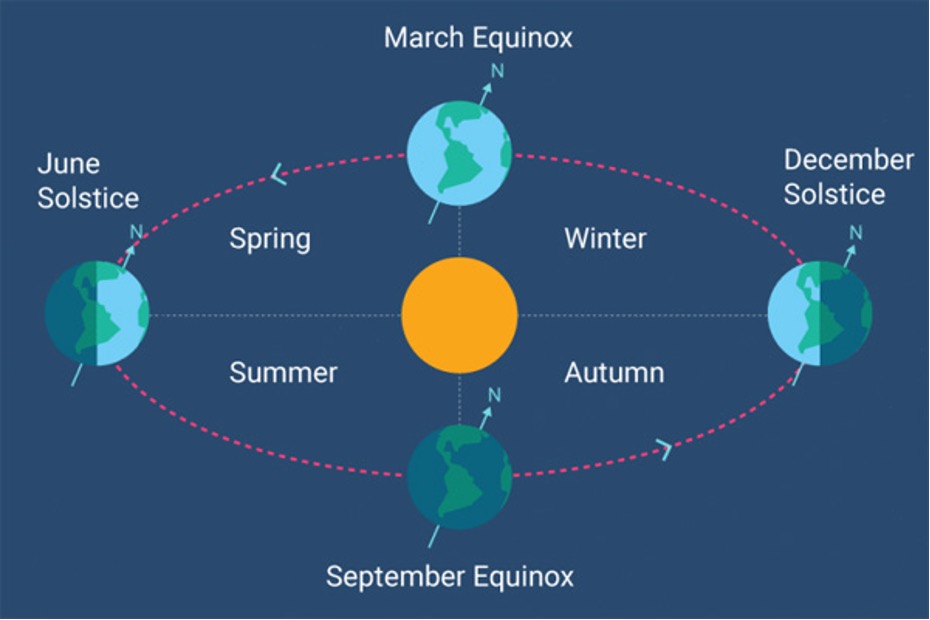
So we know that the Sun heats the entire Earth, but due to the tilt of the axis and the rotation of the planet in its orbit, this happens unevenly and at different times. But closer to the equator, the Sun’s rays constantly fall on the Earth vertically (at a right angle), evenly warming up the surface and the air above it. This means that countries like Brazil, Kenya, and Indonesia, enjoy a constant summer.
In other areas of the Earth, the change of seasons depends on the angle of their illumination by the Sun. At the same time, there are two main approaches to determining the time boundaries of the seasons: meteorological and astronomical.
The astronomical seasons are counted from the days of the spring-autumn equinoxes and the summer-winter solstices. Based on this, the astronomical seasons look like this:
- From March 20-21 — the beginning of spring.
- June 22 — the beginning of summer.
- On September 22-23 comes autumn.
- On December 22 winter begins.
The lesser-used meteorlogical one begins on the first day of the months of March, June, September, and December. Since the astronomical year differs from the calendar one, the days and hours of the equinox and solstice can fall on different dates with a difference of about 6 hours.
Are there day, night, and seasons on other planets?
On other planets, as well as on Earth, the change of day and night is caused by the planet’s rotation around its axis. Since the speed of rotation is different, so is the length of the day. For example, a day on Jupiter lasts five Earth hours, and Saturn rotates around its axis in ten Earth hours. Venus rotates the slowest and clockwise. Its day is approximately 243 Earth days. Mercury? No change at all – one side faces the Sun all the time.
The seasons also change differently on other planets. Venus and Mercury’s axes are barely tilted at all, while Jupiter’s is tilted by only 3 degrees, so there are no seasons on these planets. On Mars, the seasons are like ours. Saturn’s axial tilt is like that of the Earth, but the temperature fluctuations are more pronounced, and the seasons last about seven years each. Uranus practically lies on its side, so the change of seasons is very peculiar.
10 amazing facts about day and night
Now that you know why we have day and night, you will probably be interested in these other facts:
- The day is not 24 hours but 23 hours and 56 minutes. Once every four years, the extra minutes add up to an extra day — February 29.
- The existing modern convention for civil days (a day reckoned from midnight to midnight) sets these minutes to start at 00:00 midnight (inclusive) and end after a full 24 hours, to 24:00 (not inclusive).
- Day and night are considered polar if they last more than 24 hours.
- Due to atmospheric refraction on the equinoxes, it seems that the Sun shines simultaneously at both poles.
- During the polar day, it seems that the Sun circles above the horizon and does not set.
- During the polar night, animals hibernate while life processes in plants pause.
- The longest polar day occurs at the North Pole and lasts 190 days; at the South Pole — 184 days.
- People do not have any specific sense organ that would be responsible for fixing the time, but each person feels the passage of time.
- The division of the day into 12 hours in the day and 12 at night was invented in ancient Babylon.
- At every minute, one part of the Earth is in day, and the other one — in night.
Final thoughts
We have not searched for an answer as to why we experience day and night out of idle curiosity. This knowledge helps us to choose a suitable place of residence, planning holidays, travel, and daily routine. This is how we improve the quality of our life, and make it more comfortable. And the study of similar phenomena on other planets helps us to understand the processes taking place in the Universe.
Do you want to learn more? Keep reading Orbital Today. We work for you day and night, four seasons a year.




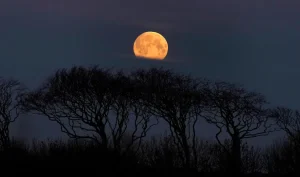

Thank you for your comment! It will be visible on the site after moderation.